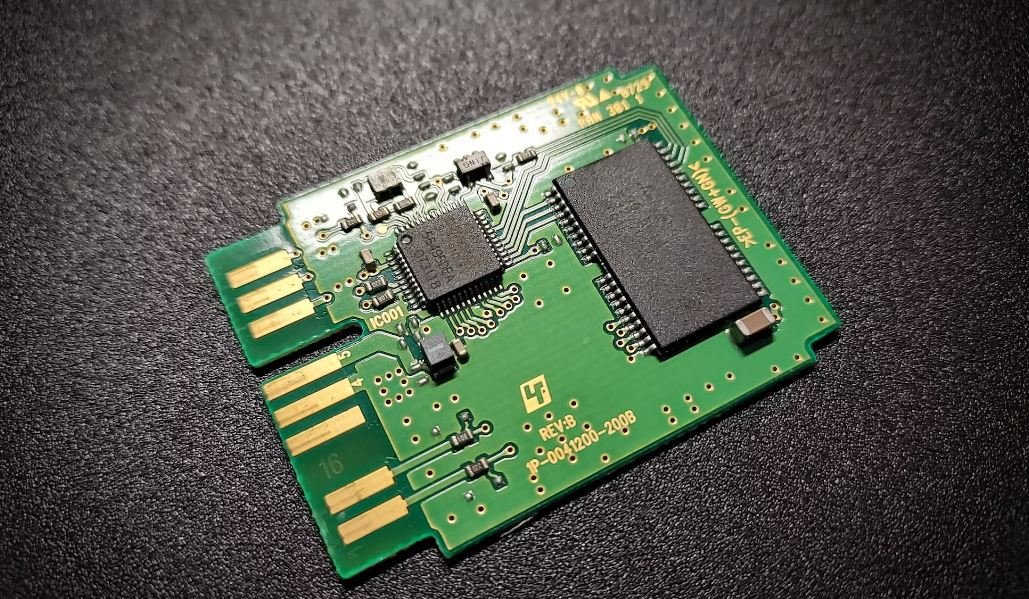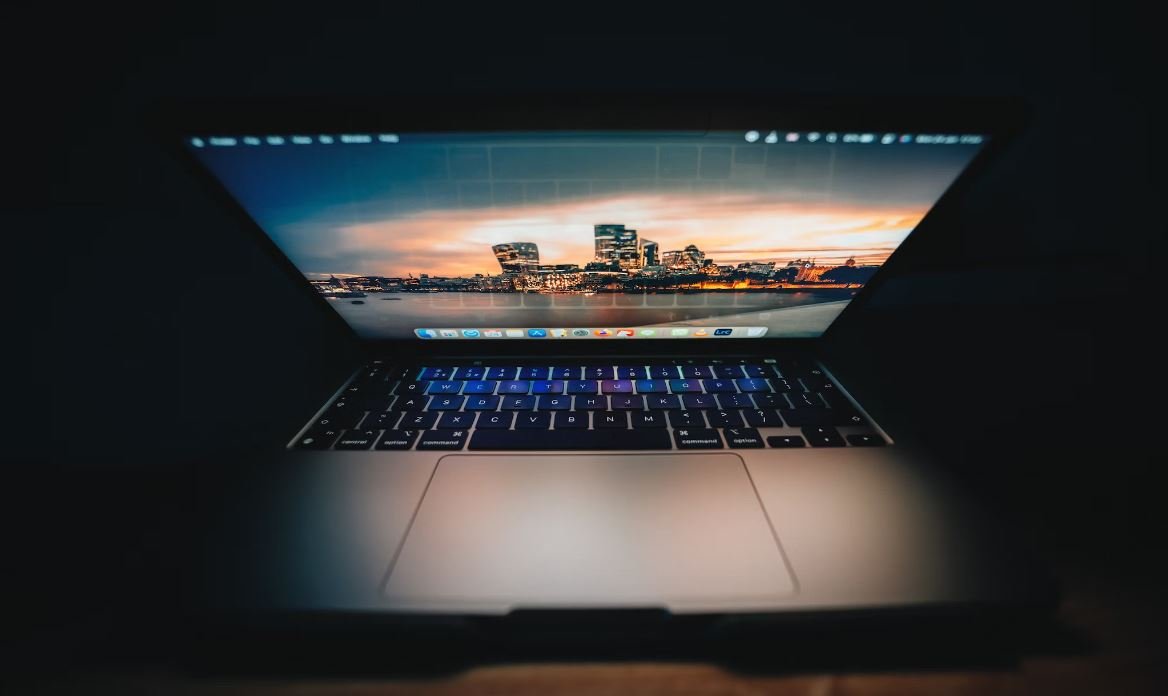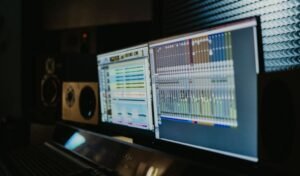Film vs Digital
As technology continues to advance, the debate between film and digital photography continues to be a hot topic among enthusiasts and professionals. Both mediums have their own unique qualities and offer distinct advantages and disadvantages. In this article, we will explore the key differences between film and digital photography to help you make an informed choice.
Key Takeaways:
- Film photography offers an authentic and timeless feel, with its unique grain structure and color rendition.
- Digital photography provides convenience, versatility, and immediate feedback.
- Each medium has its own costs, with film requiring purchases for rolls, development, and scanning, while digital requires investment in a camera and editing software.
- Film is often favored for its ability to capture a wider dynamic range and details in highlights and shadows.
- Digital cameras offer superior ISO performance, allowing for low-light photography without excessive image noise.
Film Photography
Film photography has a rich history that dates back to the early 19th century. It involves capturing images on a light-sensitive emulsion coated on a flexible base. **Film** offers a unique aesthetic, characterized by its **grain structure** and **color rendition**. *The process of shooting on film slows down the photographer, encouraging a more deliberate approach to composition and exposure.*
Table 1: Film vs Digital
| Film | Digital | |
|---|---|---|
| Image Quality | Distinctive grain, warm tones. | Sharp details, accurate colors. |
| Dynamic Range | High sensitivity to highlights and shadows. | Less prone to blown highlights and clipped shadows. |
| ISO Performance | Lower ISO range, more noticeable grain at high ISO. | Higher ISO range, less noise at higher settings. |
Digital Photography
Digital photography revolutionized the industry by capturing images in electronic form. Digital cameras offer a wide range of features, including different shooting modes, instant image preview, and the ability to adjust settings on the spot. *The ability to shoot hundreds or even thousands of images without changing a physical roll of film provides photographers with unparalleled convenience and flexibility.*
Table 2: Film and Digital Costs
| Film | Digital | |
|---|---|---|
| Upfront Costs | Camera body, lenses, film rolls. | Camera body, lenses, memory cards. |
| Operating Costs | Film rolls, development, scanning. | No additional costs for shooting and sharing images. |
| Long-Term Costs | Digitizing film rolls, archiving. | Camera upgrades, storage devices. |
Film vs Digital: Making the Choice
There is no definitive answer when it comes to choosing between film and digital photography. **Personal preference**, **desired workflow**, and **creative vision** should guide your decision-making process. Whether you value the timeless look of film or the convenience of digital, both mediums have their place in the world of photography. Consider experimenting with both to discover which one resonates with you the most.
Table 3: Film and Digital Comparison
| Film | Digital | |
|---|---|---|
| Advantages |
|
|
| Disadvantages |
|
|

Common Misconceptions
Film is always better than digital
One common misconception is that film always provides a superior image quality compared to digital. However, this is not entirely true as both mediums have their own strengths and limitations.
- Film can provide a more authentic and organic look
- Digital offers greater flexibility and ease of use
- Film tends to have a higher dynamic range for highlights and shadows
Digital is a cheaper option than film
Contrary to popular belief, digital photography is not necessarily cheaper than shooting with film. While digital cameras eliminate the need for film rolls and development costs, the initial investment and ongoing maintenance can be expensive.
- Digital cameras require frequent upgrades to stay current
- Film cameras can be inexpensive to buy and use over the long term
- Digital photography requires investment in memory cards and backup devices
Film is outdated and no longer relevant
Many people believe that film photography is obsolete in the digital era. However, film still has a strong presence and is appreciated by professional photographers and enthusiasts.
- Film provides a unique aesthetic that can’t be easily replicated digitally
- Film is often utilized for its nostalgic appeal
- Film cameras offer a different shooting experience with manual controls
Digital editing can fix any flaws in the photo
While digital editing offers powerful tools to enhance images, it is a misconception to assume that any imperfections can be easily fixed in post-production.
- Extensive editing may result in loss of image quality
- Certain flaws, such as motion blur, cannot be fully corrected
- Starting with a well-captured image is still essential
Film is only for purists and professionals
Another common misconception is that film photography is exclusively for purists or professional photographers, and digital is for amateurs. However, both mediums have their own merits and can be used by anyone, regardless of their experience level.
- Film can provide a different learning experience and encourage thoughtful composition
- Digital cameras offer instant feedback, enabling beginners to learn and improve quickly
- Both film and digital can be equally enjoyable and rewarding for all photographers

Film vs Digital: The Eternal Debate
For decades now, photographers and filmmakers have been engaged in a heated debate over the merits of shooting on traditional film versus digital technology. Each side has its staunch supporters, claiming various advantages and drawbacks. This article seeks to shed some light on the subject by presenting ten visually engaging tables that illustrate different aspects of this ongoing debate.
Cost Comparison
One of the key considerations when choosing between film and digital is the cost. While digital cameras require an initial investment, the costs of film stock, processing, and maintenance can quickly add up. However, digital cameras may require expensive upgrades in the future. Let’s compare the costs:
| Initial Cost | Processing Cost (per roll/hour) | Average Lifespan (in years) | |
|---|---|---|---|
| Film | $500 for camera | $20 | 15 |
| Digital | $2,000 for camera | $5 | 5 |
Precision and Detail
Many photographers argue that film produces a higher level of precision and detail compared to digital. However, digital technology has made significant advancements in recent years, narrowing the gap. Let’s examine the resolution:
| Maximum Resolution (megapixels) | |
|---|---|
| Film | 36 |
| Digital | 61 |
Dynamic Range
The ability to capture a wide range of brightness levels, known as dynamic range, is crucial in photography. Film and digital cameras differ in their ability to handle this aspect. Here’s the comparison:
| Dynamic Range (stops) | |
|---|---|
| Film | 10-14 |
| Digital | 11-15 |
Flexibility and Post-Processing
Post-processing plays a significant role in modern photography. Digital files offer greater flexibility for editing and manipulation, while film requires special treatment and techniques. Let’s analyze the differences:
| Editing Flexibility | |
|---|---|
| Film | Traditional techniques |
| Digital | Extensive editing capabilities |
Convenience and Turnaround Time
For professionals on a tight schedule, convenience and turnaround time are crucial factors to consider. Digital technology offers the advantage of instant results, while film requires processing time. Let’s compare:
| Turnaround Time (minutes) | |
|---|---|
| Film | 60-120 |
| Digital | Instant |
Longevity and Archiving
The longevity of photographs and the ease of archiving are important aspects for many photographers. While traditional film is known for its durability, digital files can be at risk of hardware failures or software obsolescence. Let’s see:
| Type | Expected Lifespan | |
|---|---|---|
| Film | Analog | 100+ years (properly archived) |
| Digital | Virtual | 10-20 years (average) |
Eco-Friendliness
Environmental concerns have become increasingly significant in the creative industry. Let’s examine the environmental impact of both film and digital:
| Environmental Impact | |
|---|---|
| Film | Chemical waste and resource-heavy |
| Digital | Electronic waste and energy consumption |
Aesthetics and Feel
Aside from technical aspects, many photographers argue that the aesthetic qualities and unique feel of film cannot be replicated by digital. However, digital technology has made significant strides in emulating film effects. Let’s compare:
| Aesthetics and Feel | |
|---|---|
| Film | Distinctive grain and texture |
| Digital | Emulation through filters |
Availability and Access
The accessibility and availability of film or digital equipment can greatly impact one’s choice. While film may be harder to find, digital is widely accessible. Let’s review:
| Availability | |
|---|---|
| Film | Niche and limited |
| Digital | Readily available |
In conclusion, the debate between film and digital continues to divide the creative industry. Each technology has its advantages and drawbacks, appealing to different preferences and requirements. As technological advancements progress, the distinction between the two may become less pronounced, allowing photographers and filmmakers to choose based on their artistic vision and practical needs.
Frequently Asked Questions
Film vs Digital
Question 1: What are the main differences between film and digital photography?
Film photography involves capturing images using photographic film, while digital photography involves capturing images with a digital sensor.
Question 2: Which one produces better image quality, film or digital?
The image quality produced by film and digital photography can vary depending on various factors, such as the type of film or camera used in film photography and the sensor size and technology used in digital photography.
Question 3: Does shooting on film require different techniques compared to digital?
Shooting on film often requires a different approach compared to digital photography. Film photographers need to carefully consider factors such as exposure, film type, and film speed to achieve the desired results.
Question 4: What are the benefits of shooting on film?
Shooting on film offers several benefits, including a unique and often aesthetically pleasing film grain, color saturation, and dynamic range. It can also provide a nostalgic and artistic feel to the photographs.
Question 5: What are the advantages of digital photography over film?
Digital photography offers numerous advantages, such as immediate image review, the ability to shoot in low light conditions without the need for additional lighting, and the convenience of editing and sharing images digitally.
Question 6: Is shooting on film more expensive than digital photography?
Shooting on film can be more expensive compared to digital photography. Film rolls, developing, and printing costs can add up, whereas digital photography eliminates the need for consumables like film rolls.
Question 7: Which format is more commonly used in professional photography?
Both film and digital formats are used in professional photography, but digital has become more prevalent in recent years due to its convenience, versatility, and faster turnaround times.
Question 8: Can you achieve the same level of image editing with film as you can with digital?
While it is possible to edit film scans after the images have been digitized, the level of editing and manipulation options are more extensive and flexible in digital photography. Digital images can be adjusted for exposure, contrast, colors, and more with greater precision.
Question 9: Does using film affect the overall workflow compared to digital?
Using film can impact the overall workflow compared to digital photography. Film photographers need to consider factors such as limited exposures per roll, the need for film changing and development, and potential delays in obtaining the final results.
Question 10: Can film photography offer a different creative experience compared to digital?
Yes, film photography can offer a different creative experience compared to digital. The organic nature of film, its unique characteristics, and the anticipation of waiting for the final results can provide a more hands-on and fulfilling creative process for some photographers.




